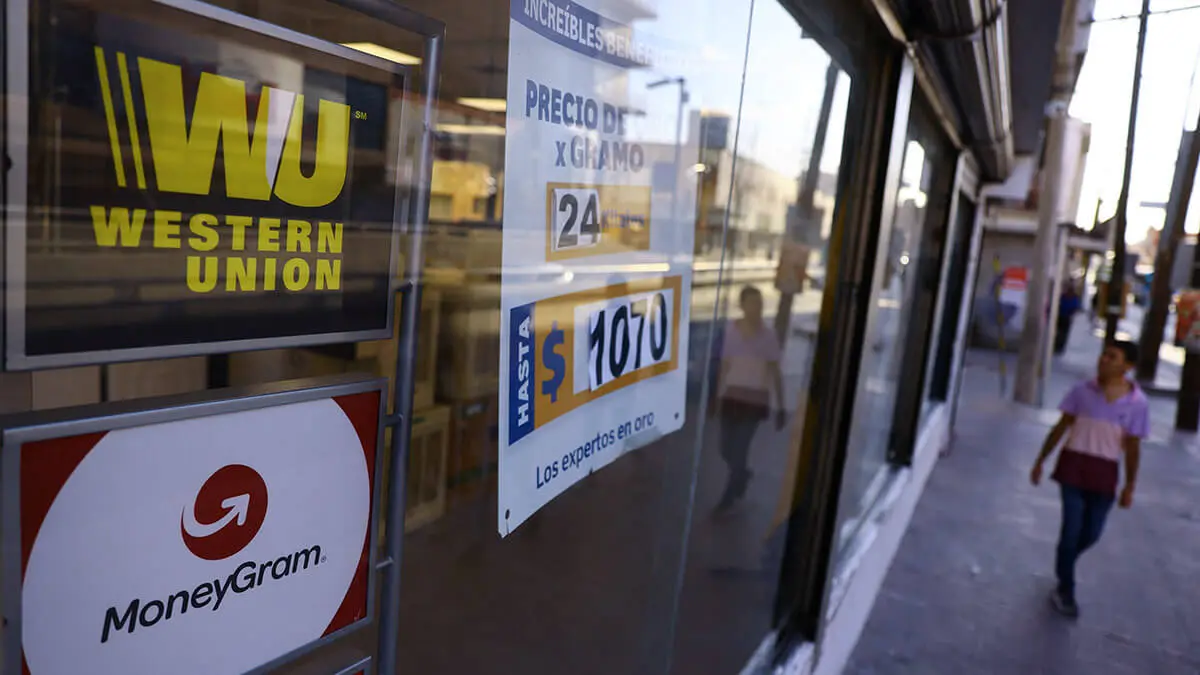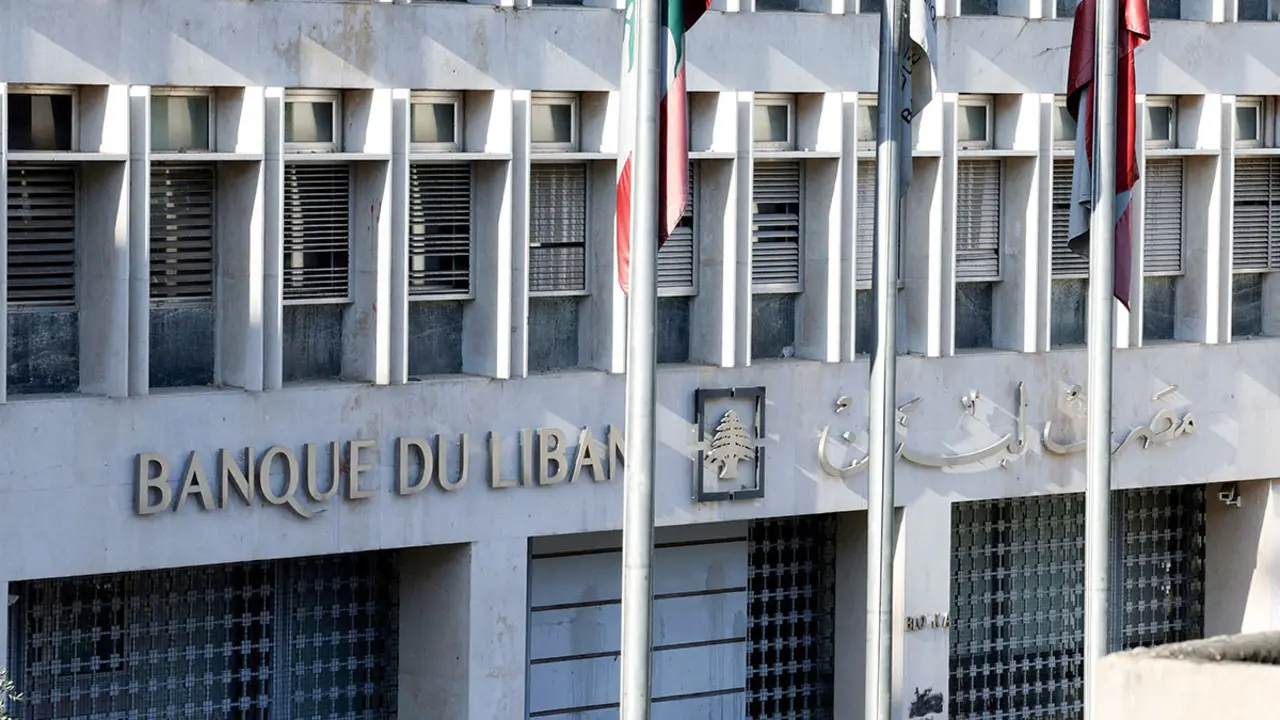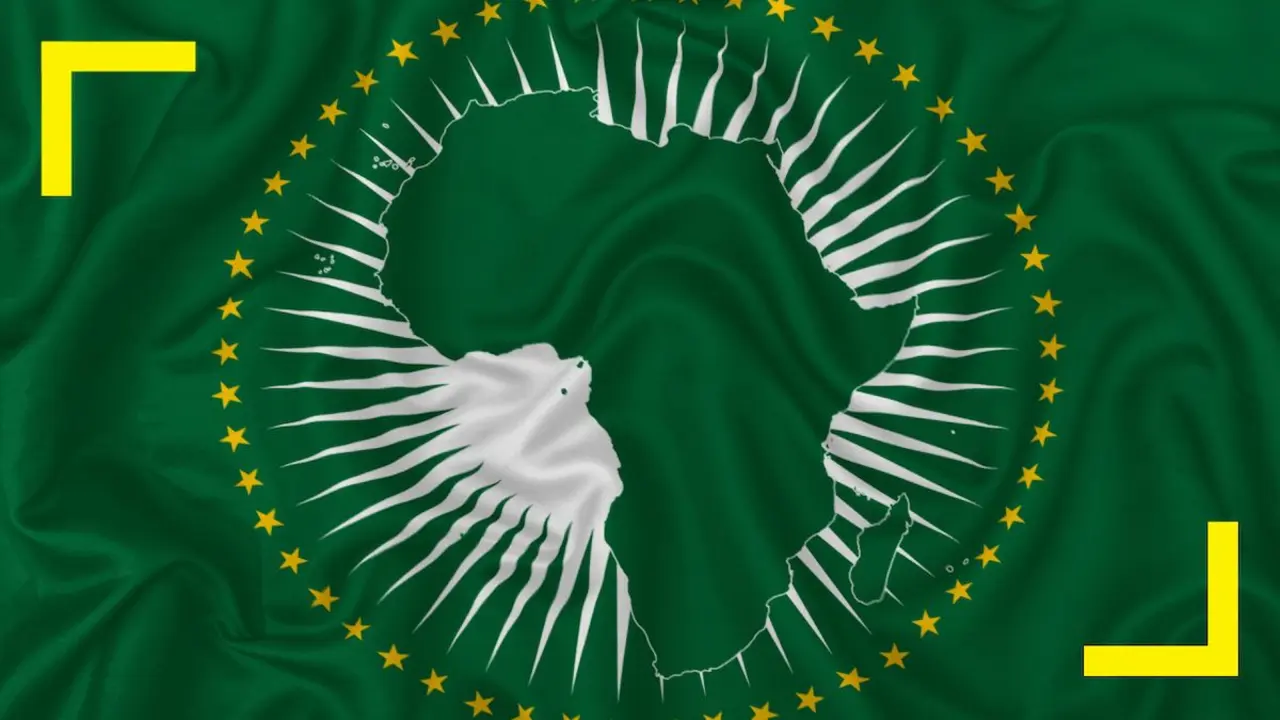Security is the main motivation for choosing a method for receiving and sending money abroad

Security, cost and speed are crucial for users when choosing which rail to use to send and receive money from abroad. While these conditions are more advanced for domestic payments, cross-border payments continue to face numerous challenges, with international remittances being the flow with the most room for improvement in their degree of digitisation. Thus, two out of three users of this service, especially young people, report having encountered some kind of problem when making cross-border remittance transactions.
According to the Minsait Payments Cross-Border Payments and Remittances Report, the problems encountered by users are due to the high dependence on intermediary entities involved in the value chain (45%), closely followed by high costs (43%), slowness (36%) and the traceability of transactions and money (26%).
Along these lines, the report also highlights that, although payments between individuals (P2P) and payments between individuals and businesses or vice versa (P2B/B2P) represent 3.5% of the total value of payments between different jurisdictions, their role in the daily lives of many people is fundamental. Thus, in countries in the Caribbean and Latin America, inward remittances help increase household consumption and long-term growth, as well as contribute to reducing poverty and the gap between developed and emerging countries.
In order to respond to the challenges of cross-border payments, organisations such as the G-20, the Bank for International Settlements and the Financial Stability Board are working on solutions and objectives that serve as a roadmap to improve these services in terms of cost, speed, access and transparency. Furthermore, the experts who participated in the Minsait Payments Report highlight how the geopolitical situation is favouring the creation of more harmonised ecosystems, both globally and regionally.
Creating more transparent solutions, a pressing need
In an increasingly globalised world, these cross-border payments are critical to underpin international trade, global supply chains and retail transactions. With these transactions reaching a volume of 190 trillion dollars by 2023 and expected to reach 250 trillion dollars by 2027, the need to create more efficient and secure solutions is imperative.
Both the financial sector and institutions are aware of the many issues facing cross-jurisdictional payments, as well as the enormous opportunities associated with improving them. Although there is no clear consensus on the "winning" solution 10 years from now, 35% of experts favour a cross-border payments system that combines current solutions and 17% envisage that, in the coming years, national systems will be interconnected, which will also facilitate cross-border payments.
Access to the report: Report. Cross-border payments and remittances - Minsait Payments










